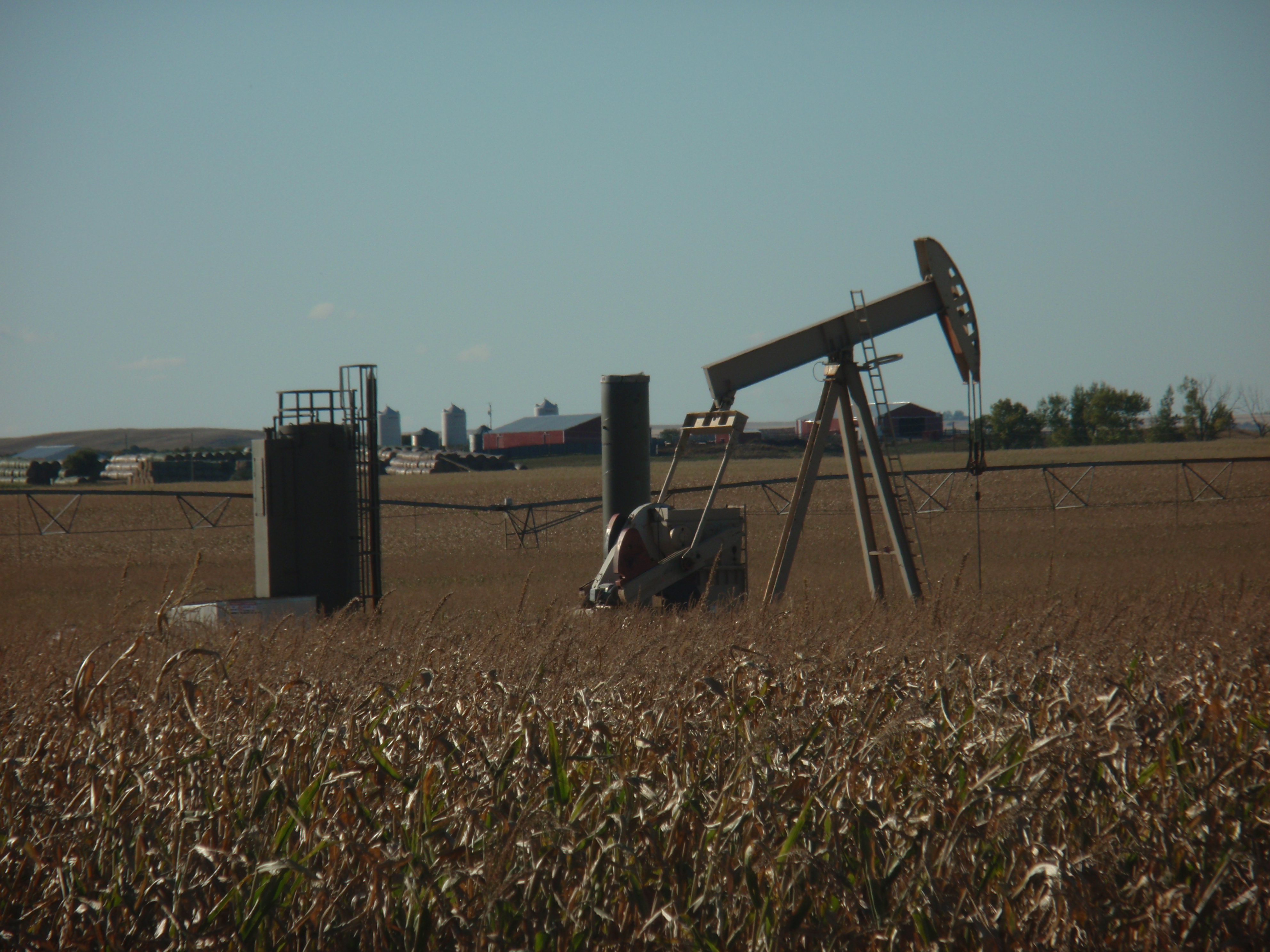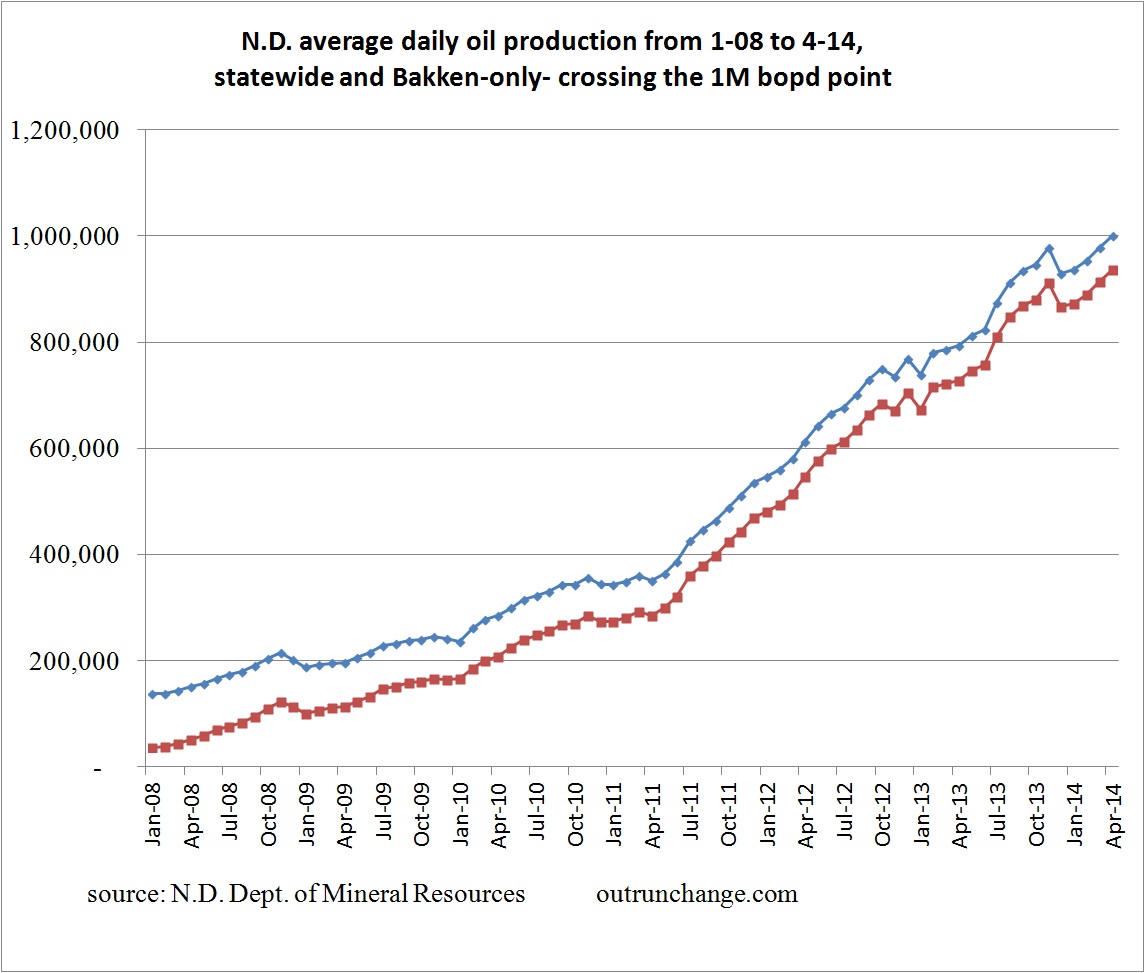Here are a few articles on the environmental damage from solar and wind energy.
Oh. And I expect to never hear another word about the horrid amount of water used to drill an unconventional oil well. The Eagle Mountain Pumped Storage Project in Riverside County will initially use as much water as it takes to drill 1,369 fracked wells and in addition for each year for 50 years will draw water sufficient to drill 130 wells.
Wing-toasters, or unknown numbers of streamers
6/17 – ReWire – Bird Deaths Continue Through May at Ivanpah Solar – Number of dead birds at the Ivanpah toasting facility dropped slightly in May to 80 birds and 2 bats. Scorching, singeing or melting feathers was visible on 44 of the birds. Several had burns on their bodies. Severe impact of not covering the whole facility when looking for birds is described in the article as follows:
As only about 20 percent of the facility is covered by the carcass surveys, it’s reasonable to assume the actual month’s death toll is upward of 300 or so.
Continue reading “Update on solar and wind power – 7/2 – solar #21”

